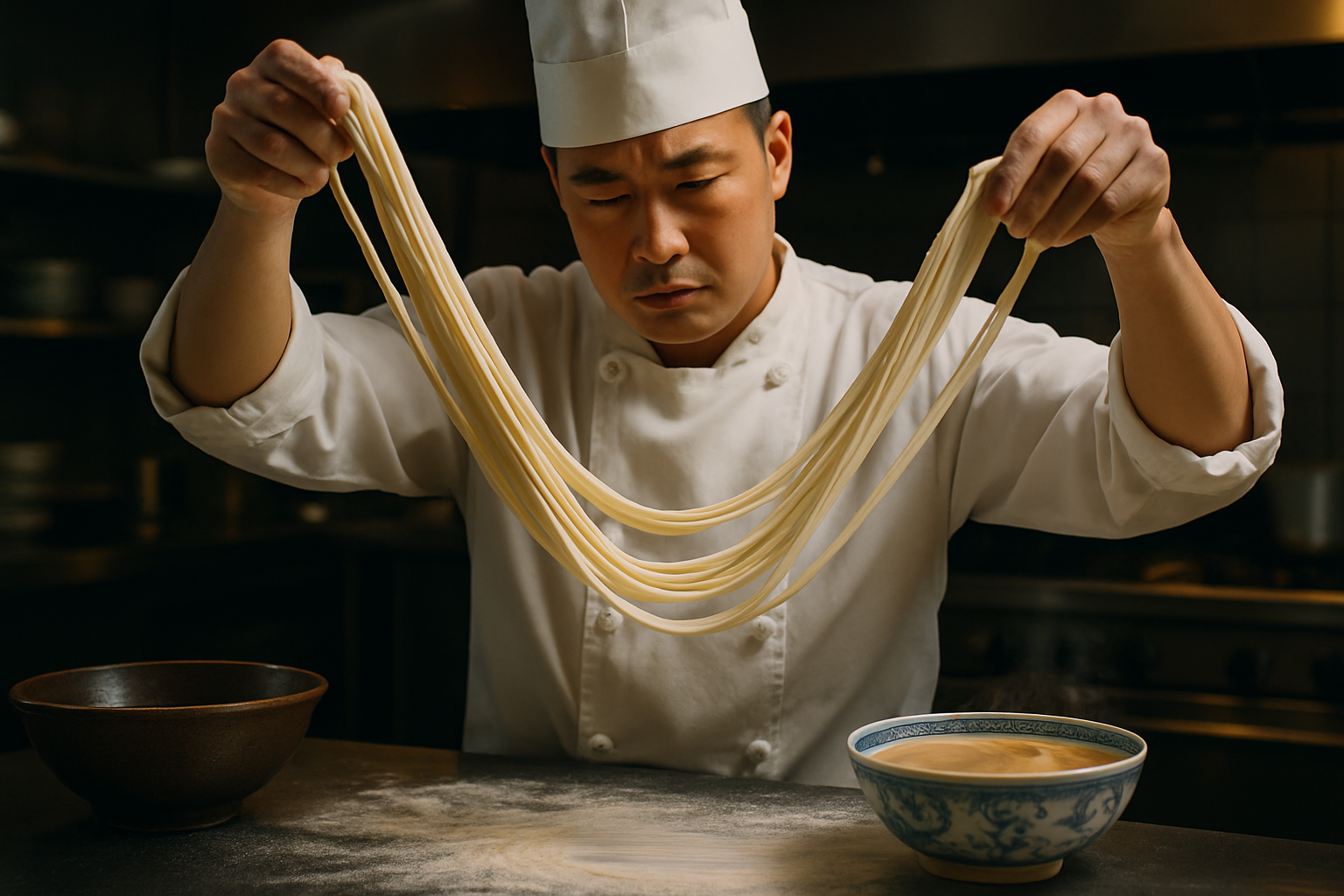Creating a Dish Portfolio to Demonstrate Practical Cooking Skills
A dish portfolio is a focused, visual record of your practical cooking abilities that supports jobsearch and training goals. It presents plated dishes, technique notes, and progression over time to recruiters, apprenticeship supervisors, or during interviews. A clear portfolio conveys skill, consistency, and food safety awareness.

A well-crafted dish portfolio shows employers and trainers how you cook, think, and improve. Beyond recipes, it highlights technique, plating, timing, and adherence to food safety practices. When preparing a portfolio for recruitment or apprenticeship consideration, aim to present a variety of dishes that demonstrate core culinary techniques, consistency across shifts, and how you handle contracts or briefings in a kitchen environment. Keep entries factual, dated, and tied to specific skills so reviewers can quickly assess your practical readiness.
Culinary skills and dish selection
Choose dishes that showcase range: knife work, braising, roasting, sauces, and cold preparations. For each dish, include a brief note on the objective (what skill is demonstrated), the role you played (lead, support), and any technique-specific challenges you solved. Photographs should be clear and consistent—same lighting, angle, and plate size help comparability. Use accurate culinary terminology and avoid subjective claims about quality; instead, document measurable details like cooking temperatures, timing, or yield to show you understand process and outcomes.
Kitchen techniques and documentation
Document not only final plates but also key in-progress steps and mise en place. Capture photos or short notes that show knife cuts, searing, emulsions, and doneness tests. Include a standard template for each entry: dish name, date, station (hot, pastry, garde manger), ingredients and portions, techniques used, and any time or equipment constraints. This level of documentation demonstrates familiarity with kitchen workflows and supports training conversations during interviews or apprenticeship assessments.
Resume and portfolio integration
Your portfolio should complement your resume rather than duplicate it. Link portfolio entries to resume items: for example, a line on your resume about pastry experience can reference portfolio pages showing choux, laminated doughs, or tempering techniques. During recruitment, have a portable, searchable digital version as well as a concise printed selection for interviews. Maintain a short index or table of contents that maps skills (e.g., sauce making, roasting, portion control) to specific dish examples so hiring managers can quickly verify claims on your resume.
Apprenticeship, training, and certification
Use the portfolio to document growth during apprenticeships and formal training. Note modules completed, on-the-job milestones, and certification progress. When certifications are earned—foodsafety or culinary-specific—include scans or details (course title, provider, date) but avoid implying guarantee of job placement. Record training exercises, feedback from mentors, and how you implemented corrections. This shows responsiveness to instruction and readiness for varied shift patterns, contractual responsibilities, and employment structures within a kitchen.
Costs and certification comparison
Below are several real providers and services often used when building practical culinary credentials. Costs vary by provider, delivery method, and region. The table lists common options that candidates reference when preparing a portfolio and pursuing certification or formal training.
| Product/Service | Provider | Cost Estimation |
|---|---|---|
| Food safety certification (Manager/Handler) | ServSafe / National Restaurant Association | $15–$175 depending on course and proctoring |
| Online culinary coursework (comprehensive) | Rouxbe | $299–$999 depending on course or subscription |
| Professional certification exam | American Culinary Federation (ACF) | $135–$400 depending on level and membership |
| Community college culinary certificate | Local community colleges (varies by institution) | Typically $2,000–$10,000 per program depending on residency and program length |
| Registered apprenticeship program (training placement) | U.S. Department of Labor / Employer programs | Often employer-funded; trainee fees can be $0–$300 depending on program |
Prices, rates, or cost estimates mentioned in this article are based on the latest available information but may change over time. Independent research is advised before making financial decisions.
Food safety and presentation standards
Incorporate foodsafety notes prominently: reheating temperatures, storage labeling, allergen handling, and cross-contamination prevention. For presentation, include consistent plating photos with short captions that explain portion sizes, garnish choices, and how plating supports the dish’s flavor and temperature profile. Recruiters and trainers value portfolios that reflect regulatory awareness and consistent presentation across different shifts and service pressures. Mention any certification status (e.g., food handler card) but avoid suggesting this guarantees specific employment outcomes.
Conclusion A dish portfolio is a practical tool for demonstrating culinary competence in recruitment, apprenticeship, or further training contexts. Focus on clear documentation—photos, technique notes, dates, and certification records—and align portfolio entries with skills listed on your resume. Present cost and training information transparently and keep the portfolio updated as you gain experience, complete certified training, or refine techniques under varied kitchen conditions.






